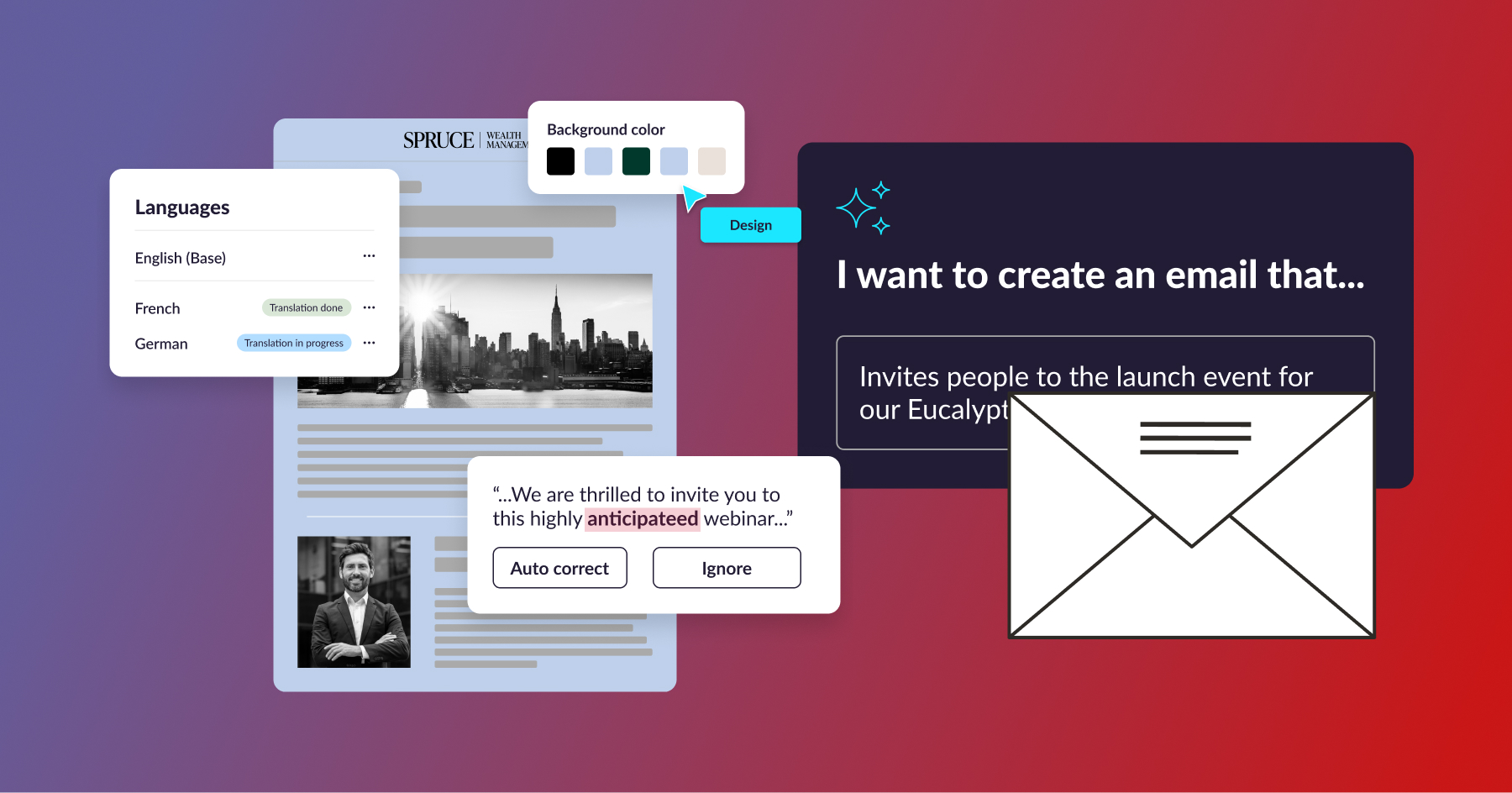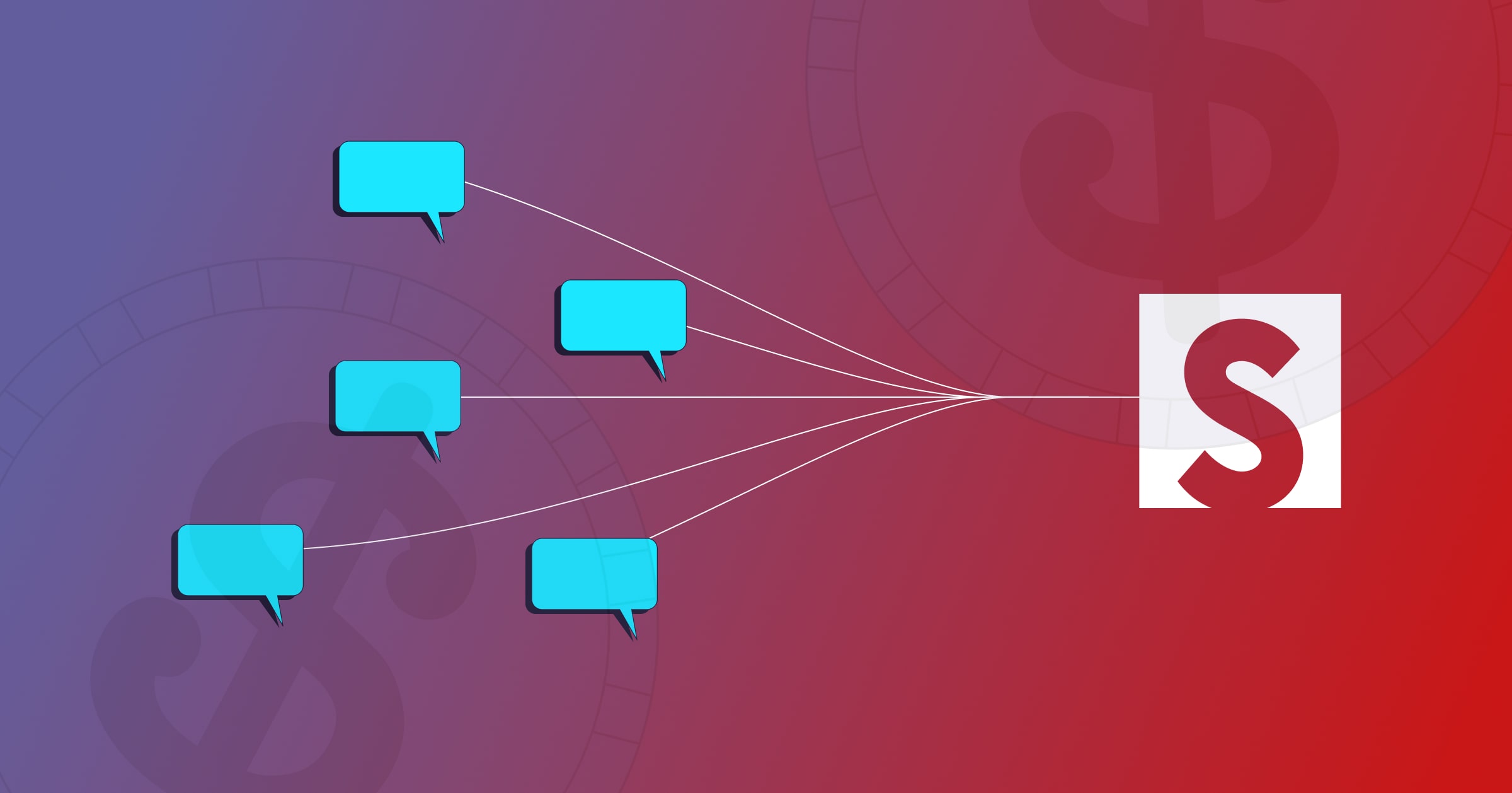In space, nobody can hear you scream, but if you start screaming in frustration in the office, people are going to notice.
Repetitive email testing after every tiny design or coding change can be a huge cause of frustration, especially if you still discover errors after the email has already gone out.
Blasting emails with incorrect or broken links, misleading product information, or spelling mistakes can have catastrophic consequences for your brand, not to mention your career and sanity.
Avoid the drama and check out our tips below to reduce your email testing workload.
What burden does email testing place on your team?

You might argue that email testing doesn’t take up too much time, just a minute or so after every new iteration of your email.
But think about all those minutes added up together, across all the emails you create, and throughout your organization—it’s clear that it’s a huge time suck.
Having to test every time you make a design or development change is not a sustainable approach, and it takes you away from valuable, KPI-driven work.
On the other hand, QA and email testing is a critical component of the email marketing process, as even small changes to an email could impact brand, design, and legal compliance.
So how can you cut the constant email testing while still maintaining meticulous QA (quality assurance) standards?
Reducing email testing

The main way you can cut down on email testing is to reduce the number of email iterations you work on. If you’re slaving over eight different versions of one email before hitting send, then that’s a lot of testing.
To combat this, invest a bit of time at the beginning of the process and develop creative briefs for each email campaign. These briefs should detail the messaging, design elements needed, links, CTAs, and other requirements. This will then act as the roadmap for any colleagues who work on this project, whether it’s copywriters, designers, developers, or decision makers.
At the copywriting stage, it’s paramount that all copy is final and approved before it moves into design. Implement a hard and fast rule that no copy changes can be made after the copywriting stage and you’ll find your number of email iterations reduced significantly.
At the design stage, ensure that all designers are well-versed in your style guide and brand guidelines so you don’t have to make simple changes later. These designs should also comply with your developer’s email requirements, ensuring that coding changes are minimal.
Alternatively, you could invest in software that streamlines this entire process (warning, shameless plug coming up). Stensul pre-configures your unique email designs and brand guidelines into our user-friendly and error-proof interface, empowering you to craft original emails in minutes, without having to constantly rely on designers or developers.
What do these time savings mean for you?

Without the burden of days or weeks spent on email testing and countless email iterations, you’re free to focus on projects that help you hit your goals.
Whether it’s nurturing campaigns, lead generation initiatives, long-term strategic planning, or simply devising a better way to track KPIs, your time is precious and it should be spent on valuable work.
See for yourself how stensul can help you invest your time savings. Get your personalized stensul demo today.


